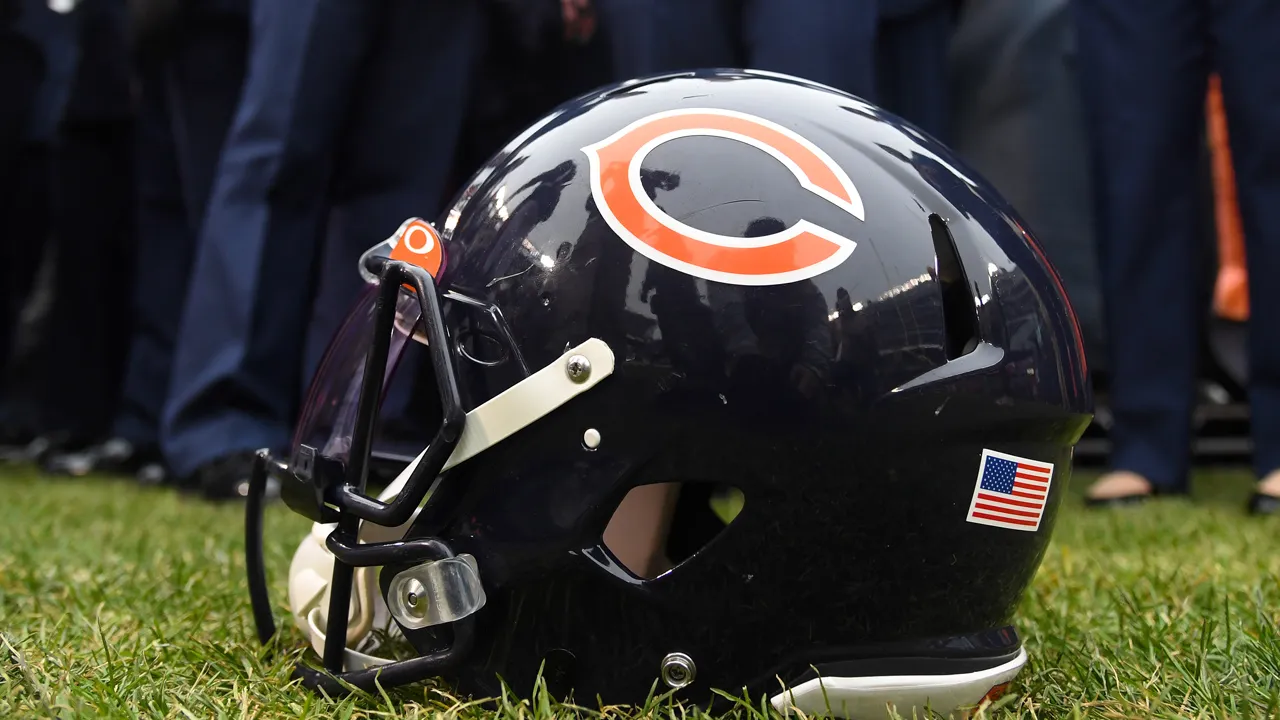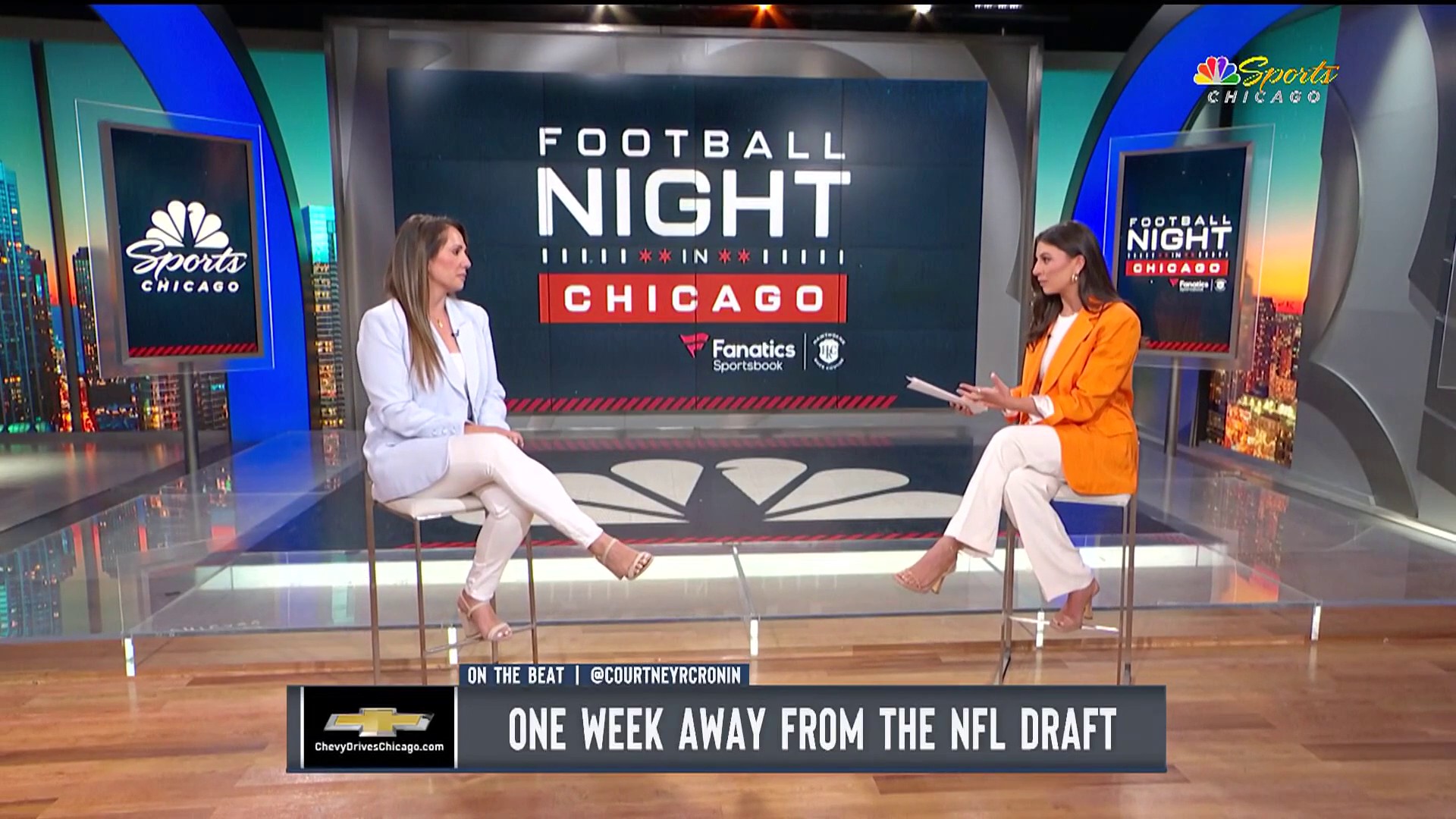
INDIANAPOLIS – It might pass almost unnoticed amid other Bears news coming out of day one at the annual NFL Scouting Combine, things like the plan for scheduling the release quarterback Mike Glennon and the latest takes on the growing (hopefully) synergy between GM Ryan Pace and new coach Matt Nagy.
But the Bears parted ways with defensive end (“Don’t call me a linebacker!”) Willie Young on Wednesday after a source said the two sides couldn’t agree on a reduced contract for the lineman who’d led the Bears in sacks over the past four years (26) and had emerged as one of the emotional leaders of a team he believed was on the rise. He and defensive end Akiem Hicks had dinner together with Leonard Floyd every week, so perhaps it shouldn’t be a complete surprise that from that group came basically the core of the Bears’ pass rush.
The painful (literally) fact is that the Bears finished the 2018 season with three (Young, Floyd, Pernell McPhee) of their top four pass-rush linebackers on injured reserve and the fourth – Lamarr Houston – cut in preseason after finishing two of the previous three seasons on IR and only brought back in-season last year because of injuries to the others.
Stay in the game with the latest updates on your beloved Chicago sports teams! Sign up here for our All Access Daily newsletter.
But losing Young suddenly establishes rush-linebacker as the No. 1 need this offseason, a position group that, pending further offseason roster trims and additions in free agency, has even less under contract (Floyd, who’s missed 10 games over his two seasons) than wide receiver (Cam Meredith, Kevin White) or cornerback (Marcus Cooper, Cre’Von LeBlanc). And in the scheme of importance, pass rusher trails only quarterback on a roster.
“As we go forward we're always going to be looking for pass rushers,” Pace said. “Outside linebacker is an important position for this defense and it's something we'll be mindful of as we go through this process.”
Young projected to be a situational pass rusher, but the Bears operate so much in sub packages that most of their front seven could be called “situational.” But losing Young took away a quality veteran influence as well as production, and in the process just turned up the pressure on Pace to staff the position that defines Vic Fangio’s 3-4 scheme.
While the defense struggles this offseason to fill a couple of gaping holes (edge rusher, cornerback), word is that the Bears are getting close on deals to cement in place two defensive cornerstones brought in under Pace’s first (2015) draft: safety Adrian Amos and nose tackle Eddie Goldman.
NFL
“Those are the things we’re talking about now behind the scenes, different extensions beyond the player acquisition period,” Pace confirmed.
The Bears have a lot – a LOT – of money available for free agents. As mentioned here before, however, so do a lot – a LOT – of other teams, meaning that prices could spiral up to stupid for elite positions like cornerback, or pass rusher. And here’s where having a budding core of young talent – not enough, obviously, from looking at all of 14 wins in three years – and as much money as possible really do matter.
Pace and the Bears have missed badly gambling on free agents with injury smudges on their records – McPhee, Eddie Royal, Quintin Demps (three 16-game seasons in a 10-year career), Markus Wheaton. Because of roster trims made and to come, and overall cap management, the Bears have the money to shop top-shelf and not scrounge for bargains.
Or overpay in guarantees to secure those talents. The Bears settled last offseason for Marcus Cooper, who’d had played all 16 games just once in his four previous seasons, because they didn’t have the coach-quarterback foundation that A.J. Bouye and Stephon Gilmore found in Jacksonville and New England, respectively, along with playoff checks.
“I think there’s always risk in free agency,” Pace said. “We talked about that. A lot of times guys become free agents for a reason and we’re mindful of that. And I think as we continue to build our roster more and more through the draft, maybe we won’t have to supplement as much in free agency.
“But we have to be mindful of that. It is risky. We’ve done a good job of structuring the contracts where we can get out of some of these. But it’s kind of treacherous waters and we have to be careful as we go through this. I think having familiarity with some of these players – we have coaches from multiple other teams. Even in the draft, we now have college coaches on our staff that have background with some of these players. I think that helps the process.”


